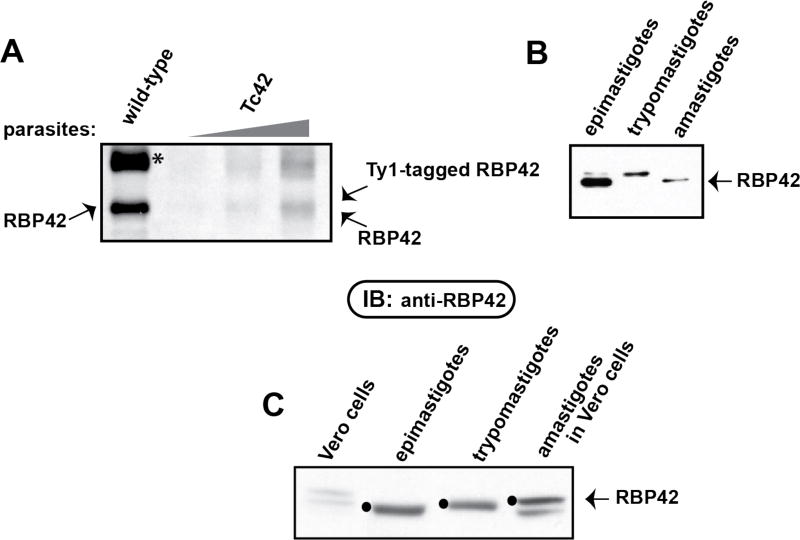Figure 3. Expression level of Ty1-tagged RBP42 is similar to endogenous RBP42 in the epimastigote form of transgenic parasites.
Panel A: Immunoblotting using anti-RBP42 antibody detected comparable levels of endogenous and Ty1-RBP42 in wild-type and Tc42 transgenic parasites. Asterisk (*) indicates a cross-reacting protein routinely detected with this antibody, prompting us to perform IFA assays using the highly specific anti-Ty1 antibody.
Panel B: Immunoblot analysis of total soluble protein from Tc42 transgenic parasites at the epimastigote, intracellular amastigote and trypomastigote stages of the T. cruzi life cycle. Parasite life cycle stages were identified by microscopy and each culture was determined to be a ~99% pure population. Epimastigotes were transformed into metacyclics, which were used to infect Vero cells. Intracellular amastigotes were harvested at day 4 post-infection. Trypomastigotes developed from the intracellular parasites by day 10 and were collected by concentrating the culture media. Equal amounts to total protein were loaded into each gel lane.
Panel C: As in Panel B, except that here pre-infection Vero cell extracts are included as a negative control. RBP42 is indicated by filled black circles.

